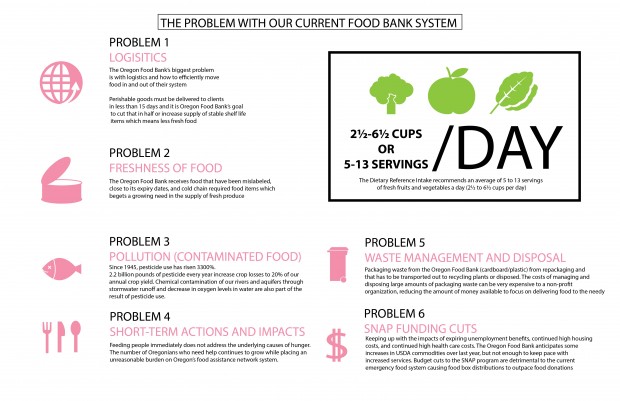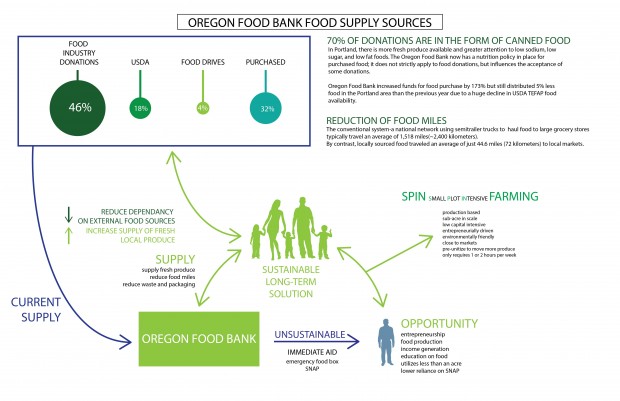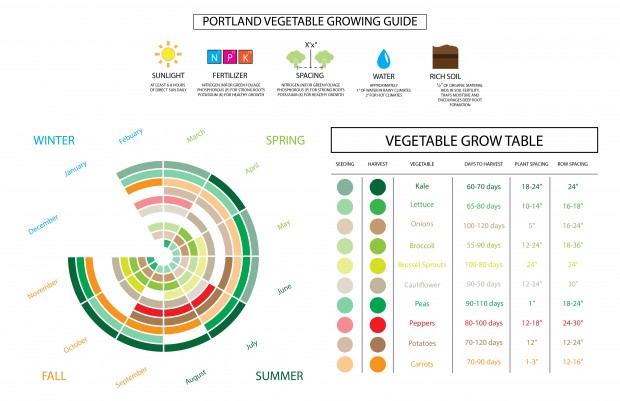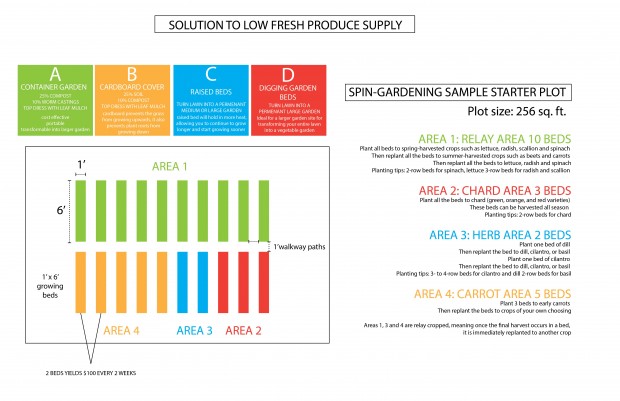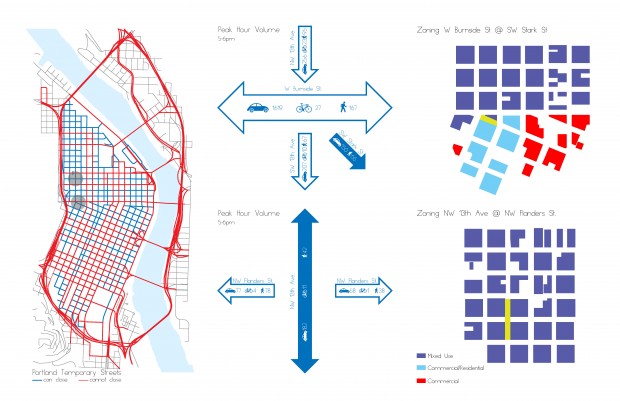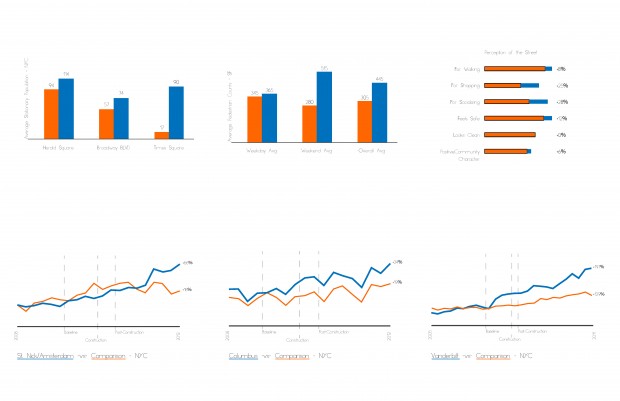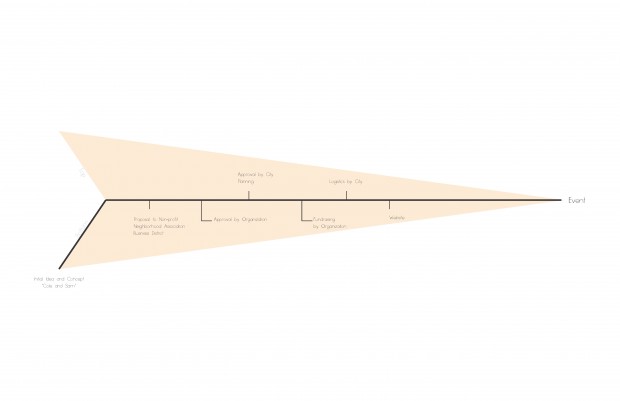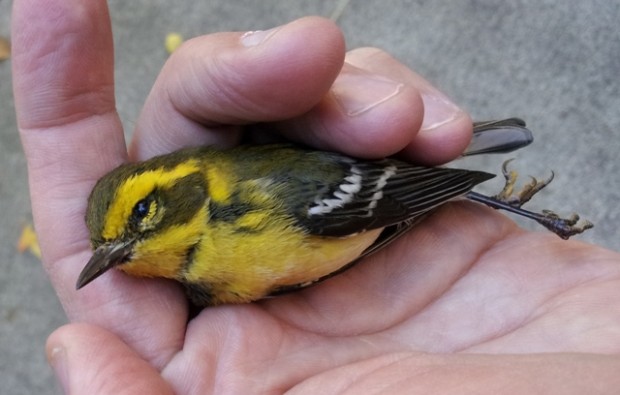Networked Urbanism
design thinking initiatives for a better urban life
apps awareness bahrain bike climate culture Death design digital donations economy education energy extreme Extreme climate funerals georeference GSD Harvard interaction Krystelle mapping market middle east mobility Network networkedurbanism nurra nurraempathy placemaking Public public space resources Responsivedesign social social market Space time time management ucjc visitor void waste water Ziyi

Portland State Univ – Winter 2014
Master Studio carried on during the winter term at the Portland State University / College of the Arts – School of Architecture. This studio will bring an alternative to the traditional way of designing cities from a bird’s eye view, and a single designer’s perspective. It will, not only examine the physical dimension of the city, but also its social processes and fluxes. This course is co-teached with L. Rudolph Barton and Brent Young.
DenCITY_update of 2-3-2014_Cutright_Vanderhoof
Here is video of our curated tour of density in Portland now and what is projected. We wanted to see where people thought two types of density (population and buildings) were both currently, and projected.
http://www.youtube.com/watch?v=X6ApWpOa2Wo&feature=youtu.be
Hunger is one of the greatest pressing global issue today; Unlike famines that receive emergency-aid, chronic hunger affects 842 million people to suffer from a silent, yet invisible predicament on a daily basis. Although America is known as the land of plenty, 1 in 6 Americans in the United States struggle with hunger. Many people believe that the problems associated with hunger are confined to small pockets of society, certain areas of the country, or certain neighborhoods, but the reality is much different; many hard-working adults, children and seniors who simply cannot always make ends meet are forced to go without food.
On a local scale, The Oregon Food Bank along with their network of food pantries are the only mediators in solving hunger in Oregon as well as Southwest Washington.. It was an enlightening experience speaking with the Director of Operations John Kolsterman at the Oregon Food Bank to identify problems with the current system; Although the Oregon Food Bank offers great aid to those in need, it is still faces a variety of problems. Some of which are food freshness, food contamination, waste management and disposal. The biggest problem that they currently face is with logistics; Fresh produce must be delivered to its 270,000 clients within 15 days and the Oregon Food Bank’s goal is to reduce it in half (less than a week).
With that in mind, I propose to incorporate SPIN Farming (Small Plot INtensive) to mediate this problem by increasing fresh produce supply through local means of farming. SPIN farming utilizes unused/underused plots of land to grow highly nutritious vegetables, turning water intensive lawns and backyards as well as community gardens into productive grow plots. I believe the incentives for such a concept can be justified through both intrinsic and extrinsic value to the growers such as increasing property value, improving communal ties and awareness, as well as tax breaks and monetary benefits while encouraging and supporting sustainable farming practices on a smaller scale. SPIN farming can be suitably scaled through various grow plot options; Many of which are low-cost, high productivity forms of growing highly nutritious, healthy vegetables for both Oregon Food Banks clients and the growers.
Our goal is to engage the community, stimulate economic development, and readdress how streets are currently being used in Portland by temporarily closing streets. The map below is of the downtown streets, showing which ones can and cannot be closed through a series of criteria such as average volume of traffic and whether or not public transit runs on that street. We discussed the necessary steps in temporarily closing Portland’s downtown streets, with the process taking between 4-6 weeks after the proper paperwork has been turned into the Portland Bureau of Transportation.
There have been projects in other major cities such as New York and San Francisco that have reimagined how best to use their streets and sidewalks. New York’s data collected from street transformations that included larger pedestrian areas shows that it is not only beneficial economically, but that people’s perception of the areas improved as well.
Our next steps will be designing a full range of outdoor furniture that will be rented to community organizations and businesses interested in increasing pedestrian interaction around their stores as well as to the City of Portland for events. We would be providing temporary seating, tables, bicycle racks, booths for vendors, as well as stages. The furniture will be designed to reflect Portland’s unique culture while focusing on being easily transportable. In addition to the furniture we will be providing the businesses and communities with the necessary step-by-step information needed to obtain the street closure permit.
About 2047 students live in campus housing, of which only 400-600 students are freshmen. All freshmen that live in campus housing are required to sign up for a meal plan. The meal plan consists of a specific number of meals that they eat at Victor’s cafeteria (food is cooked there) in Ondine (one of the dormitories on campus) and dining dollars that they can spend at three different locations on campus; two coffee shops and a cafeteria that houses various food chains. All the food sources that fall under the meal plan are owned by Aramark (a company that provides services in food, facilities management, and uniforms) or have a contract with them. I surveyed freshmen that live on campus regarding their opinions about the food served at Victor’s in Ondine, the dining dollars and implementing a healthy, fresh and local food source into the freshmen meal plan. Their responses were as follows (for more detailed response check the images below): Food at Victor’s: about 44% think its okay and 33% would not eat it if they did not have to pay for it. Dining Dollars: about 51% love them. Healthy, fresh, local food source: about 72% think it is a great idea. I am suggesting to add a third category to the meal plan package. It is a point system, where each student receives a specific number of points to start with and uses them to buy produce from a community garden on campus and then prepares the food in a community kitchen. Students earn points by teaching other students how to cook something (this will add an educational and cultural layer), help clean up the kitchen, or help maintain the garden. The students will then spend the points earned in the community garden and the cycle continues.
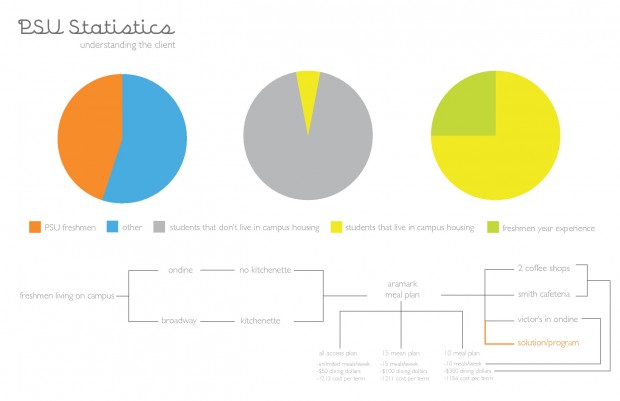
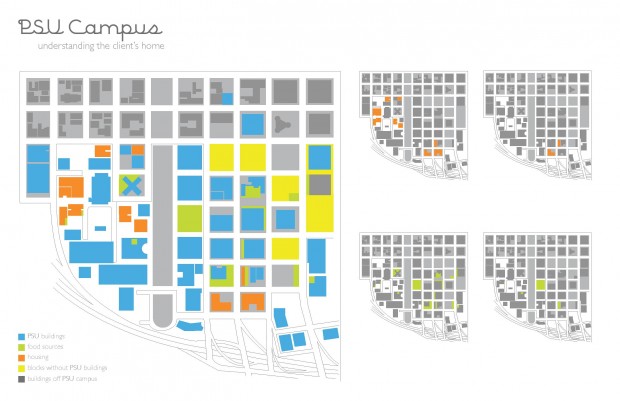
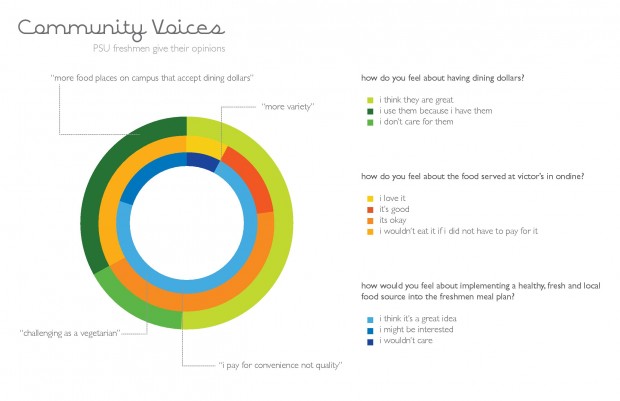
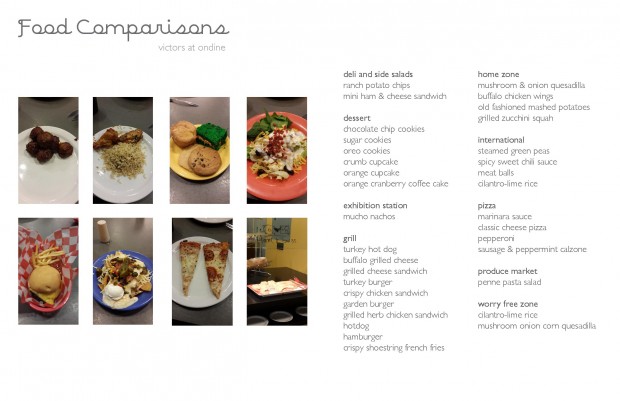
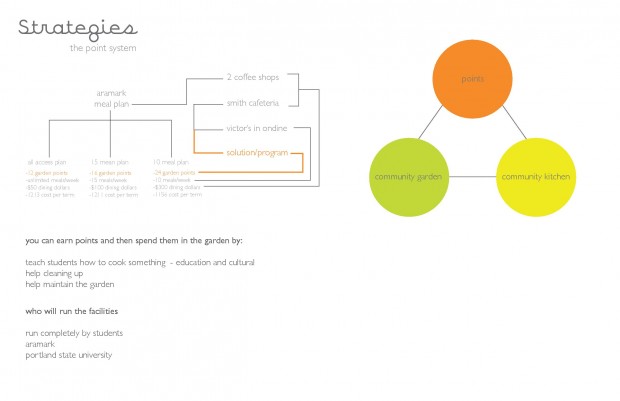
February 4th, around 10pm PDX time.
It’s interesting to think about how I got to where I am in my project. At the beginning of the quarter, I started out in the group that was looking at nature in the city. We were originally looking at the broad idea of what nature is in the urban environment. We made the video “Squirrel in the City” with the idea of exploring the natural (or not natural) aspects of the city through the lens of biophilia or the love of what is alive. As we made the movie, we realized that wildlife is another part of the urban fabric that we sometimes don’t think about.
When it was time to come up with a curated event, I decided to make a visit to the local Audubon Society. There I was fortunate enough to interview one of the board members and a resident owl named Julio. From this serendipidous event, I learned about a major issue that is related to both birds and architecture. There is a serious problem with birds being killed (and injured) when they run into windows. This led me to the research and project(s) I am working on now.
For the last week and a half I have been busily researching and compiling all the information I could find on birds striking windows – the why, the where, how many, and the impacts. I have also gathered information on the current solutions to the problem which includes laws, policies, and the various solutions that are currently available. Much of this research includes in-person and phone interviews with dozens of local and national researchers, policymakers, volunteers, and manufacturers.
The gist of what I have found is this: approximately 1 billion birds (around 7 million in Portland) die every year in the United States from striking windows – that’s 5-10% of the total bird population. 1 in 10 of these birds are hitting residential windows. The majority of the birds that die are songbirds that come through human habitat during their biannual migrations North or South. They cannot see window glass – the reflections in both mirrored and regular glass looks natural – and, thus, they then run into it. The birds are also drawn into the cities at night because of light pollution. The implications of all these birds being killed are great – some of which are the death of endangered or declining species, and the loss of a massive number of birds which would otherwise be pollinating, eating insects, etc. The physical solution is this – create a way for the birds to recognize the glass as an object so they don’t fly into it. There are many ways to do this including, but not limited to, screening in front of windows, fritting or patterning on the windows, using special UV patterned glass (birds can see the UV when we cannot), painting/adding decals to glass, etc. See these mind maps for more information: PROBLEM SOLUTIONS
Although there are several solutions to the problem, there are two major disconnects that are making this problem difficult to solve. At this point in time there is a lack of education/knowledge of the issue among the stakeholders (architects, building owners, homeowners) and effective solutions are either extremely expensive or, when cost effective, can be visually unattractive.
My proposed solution is two-fold. I plan on making both a video and a design for a cost effective, do-it-yourself solution for the bird-strike issue. The reason I’m looking at making a video is that there needs to be a video for the general public that alerts them to the issue and gives them possible solutions. I may, however, examine another video type – a video that is oriented towards the professional (architect) that alerts them to the issue. I’m considering this second option because I had a conversation today with the Portland Bureau of Planning and Sustainability – they indicated that they might be interested in having a video about the bird strike issue that runs on their monitor in the waiting space at the plan review office. In this video, I could possibly get into the synergies of designing bird friendly buildings that go along with energy efficiency, solar shading, and window privacy.
At this time, I am laying out a story board for the public video and am collecting materials to start testing possible small-scale design solutions for the problem.
An example of some of the information I’ve gathered from interviews is below. One of the people I have been talking with is Dave Helzer, an Environmental Specialist and Biologist from the City of Portland Bureau of Environmental Services. He provided me with the images at the bottom of the page…last Fall and Spring he found these two birds – Rufous Hummingbird and Townsend’s Warbler – they are dead – after they had hit the window of the office building in the image. The reflection in the glass of the tree is what they were flying to…
I’ve had a few decent ideas and a few missteps so far but on Monday I hit upon something that might have some mileage in it. The studio instructors seemed interested this time and several of my studiomates told me they thought it was a strong idea and to develop it further.
I’m proposing developing a system that allows people to donate money to people begging on the street via an online interface. This solves a problem for both the donor and the recipient.
The donor gets to avoid a situation they feel uncomfortable in (for a variety of reasons) that might keep them from helping someone in need. And since we all pay for everything with our debit or credit card, they can donate to someone when they don’t have any cash or change on hand. Or if they pull up at an intersection and the light changes before they can help someone standing there.
The person who is begging for money can now get help from all the people who aren’t carrying change. And can do so in a way that might be less threatening to people walking past on the street.
At the moment I envision giving panhandlers signs with QR codes on them. Potential donors can snap a photo of the code and later, when they have a few spare minutes, can process it with an app then decodes it and launches a personalized webpage that is A) linked to that specific individual and ready to take a secure online donation or B) linked to a shelter or food bank where those donations can be paid in toward meals and a room.
Donors have the additional comfort of knowing their money isn’t getting used for alcohol or drugs.
There are several potential opportunities for community tie-in on this proposal: Street Roots newspaper is a possible partner. This would provide additional revenue for their employees and also reduce the paper waste they have now. Businesses could choose to advertise or somehow subsidize a portion of this process in return for ad space on the coded signs and the online pages. Local artists and writers could work with the homeless to “brand” them and raise the chance they’ll attract donors through creative approaches or increased visibility.
There are obviously issues to sort out here, but I think the idea has potential to benefit people in need in Portland.
Rachel’s interview with a member of the New Columbia neighborhood.
This was a chance experience that I had no idea was going to happen. I decided to go visit the local Audubon Society since our group was considering “nature in the city”. I asked around to see if someone would be willing to talk to me about what the Audubon’s mission. The following video is an edited version of this wonderful encounter.
This was an interview taken by Karina Adams on January 23rd with Candy Plant (Portland Audubon) and Julio the Great Horned Owl.
« Previous 1 2 3 4 5 6 Next »
